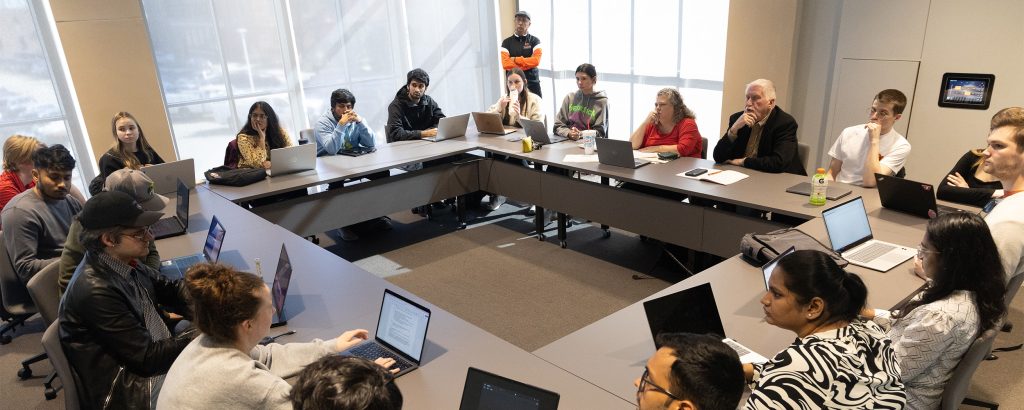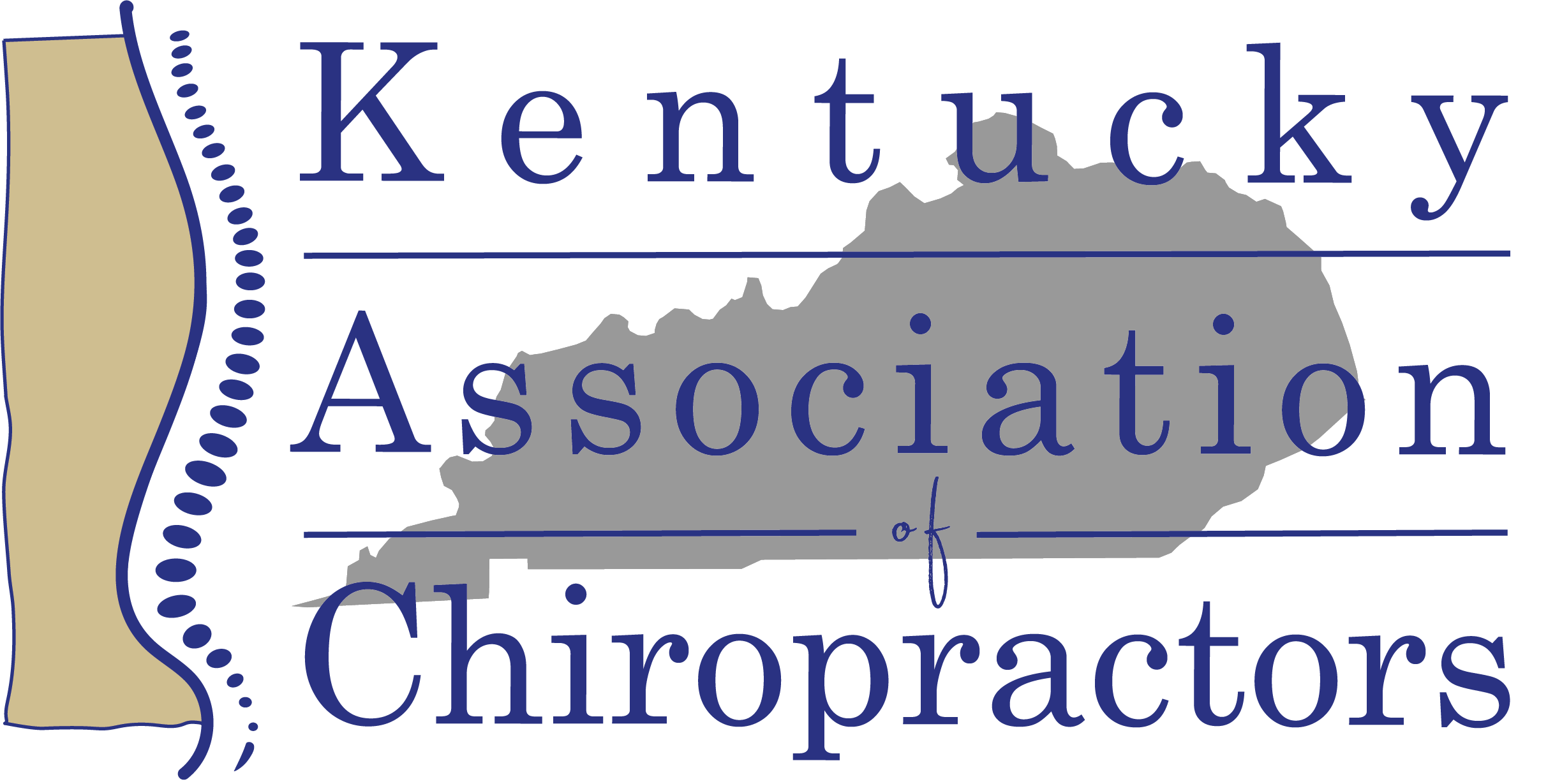Wednesday, February 7, 2024

Students in the Master’s in Business Analytics and Data Science program (MS BAnDS) in Oklahoma State University’s Spears School Business are at the midpoint of a two-semester long project, which is aimed at building a data lake of millions of individual patient data files that will provide a resource for improving patient care and conducting further research in the chiropractic field.
Brad Cost — MS BAnDS corporate advisory board member and owner of a medical claims processing clearing house called Infinedi — initiated this project with Dr. Goutam Chakraborty, director of the MS BAnDS program. Cost has been involved in projects associated with the MS BAnDS program previously as an industry consultant and judge, but recognized a lack of medical industry related projects despite the growing demand for medical applied data science.
“It’s an opportunity for the students to put a once-in-a-lifetime, world-class project on their resume,” Cost said. “The demand for health care data scientists is quickly growing, and students from programs like MS BAnDS will have a great opportunity to meet those demands.”
Cost and the team, consisting of students and Infinedi staff, have secured agreements with several health care data processing companies to submit data for entry into the lake. The team believes there will be upwards of 20 million patient data files housed in the data lake by the time it is fully constructed, a detail that the students were amazed and slightly intimidated by.
“It’s a little scary,” said Jenni Beebe, a senior marketing major and part of the 4+1 MS BAnDS program. “However, it’s been a great opportunity to learn more about the health care industry and how data science is working in that space. It’s also served as a great team-building challenge. Getting to know my classmates, their areas of expertise and how we work as a team has been great. It truly feels like a real-world atmosphere.”
During the first semester of work, students focused on learning more about health care data science and data lake design. Three teams investigated the best way to compile and input the vast amount of data points into the lake in order to create a database that is much more digestible and searchable to chiropractic professionals.
The upcoming second semester of work on the project will be focused on the actual querying tools and components of the data lake. The students will work alongside programmers from Infinedi to design, build and test these tools throughout the next few months. The goal is to have a working, beta version completed by the end of the semester.
“We are delighted to be able to partner with Infinedi in running this project with our MS BAnDS students under the leadership of Dr. Miriam McGaugh,” Chakraborty said. “This is an incredible opportunity for our MS BAnDS students to learn and apply their skills for a fantastic cause.”
As an added challenge, the students will be asked to investigate the implementation of artificial intelligence and machine learning into their tools and the data lake. AI and machine learning are rapidly growing resources throughout many aspects of the business world, and Cost believes that health care data science should be no different.
“It will be a very tough challenge,” Cost said. “Building a functioning lake is hard enough, but including AI and machine learning will certainly increase the difficulty. However, I think, to mold great students into great data scientists, you have to take on difficult problems.”
Dr. Jay Greenstein, a chiropractic professional for over 30 years in the Washington, D.C., metro area, is filled with unbridled excitement about the data lake creation and the prospect of access to data that can help himself and other chiropractic professionals increase the quality of patient care using quantifiable data.
Given access to the data lake, chiropractors from across the country could investigate practices other professionals are using and possibly glean insight into ways to better serve their own patients, whether that be patient tracking systems, filing procedures or actual patient treatments.
“This project and the partnership between OSU and Infinedi are working to provide an invaluable tool to the world of chiropractic,” Greenstein said. “Chiropractors can positively impact patient care using measurable, data-driven decisions. If I, as one chiropractor, can use this data lake to delve into all this useful and actionable data and find a way to better serve one patient, imagine what the chiropractic industry could do as a whole.”
Once the lake is fully completed, Cost intends to donate it to Chiropractic Future, a leading national chiropractic association, to help further academic research in the area of chiropractic medicine. As one of the few known resources of this type in existence, Cost believes anyone involved in chiropractic trying to improve the level of patient care should have access.
“I never intended this to be a commercial endeavor,” Cost said. “Chiropractic Future is really a true leader in America in the chiropractic space, the lake should be in their control so it stays in existence and continues to grow. Academic research may be the initial use for a data lake like this, but I see this being an invaluable resource for a variety of uses far into the future.”


